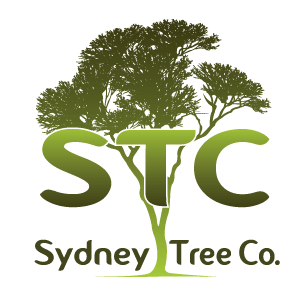Regular maintenance pruning should be done after the weather turns cool. Low branches can be removed at this time to create higher clearance for vehicles or foot traffic. These branches should be removed at the branch collar which is a slightly raised area at the base of the branch. Dead or broken branches should also be removed at this time. Branches with cankers or those that have been weakened by bark beetles should be removed right away. This is also a good time for a light, general pruning to improve the shape of the tree.
Tree pruning is not as simple as just heading out to the yard with a pruning saw or heavy loppers. Approval must be secured from your local council such as the City of Sydney or Leichhardt Council prior to pruning or tree removal for most tree species but there are exceptions. If the tree is posing an immediate hazard, it can be removed without prior approval from the city but the reason for removal must be recorded. A statement must be provided verifying that the least possible amount of work was done in order to limit risk and a report must be submitted to the city by a qualified Arborist. The Arborist must be qualified in AQF Level 3 or higher Arboriculture.
It takes time to get approval so a little planning is a good idea. An application for pruning or tree removal is commonly processed within one month. Most of the time when approval for tree removal is granted, though, it will require that a new tree be planted to replace the one that was removed. The permit may state the tree species and the size of the tree that must be planted but it might not. If the replacement tree and size is not specified, serious consideration should be given to what type of tree to plant. Always select a tree species or cultivar that will stay small enough for its allotted space. Native trees are usually the better choice, as opposed to exotic trees that may become invasive, and drought-tolerant trees are preferable to those that require regular watering throughout the life of the tree.

